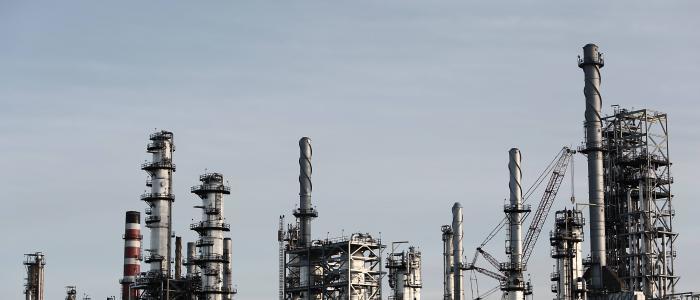Good global economy leads to high raw material prices
Author: Mario Schmidtgen
Date: 29.08.2019
How the high demand for raw materials influences the end consumer
In 2017, the good economic situation worldwide led to a rapid rise in the prices of raw materials. Energy raw materials such as oil and gas, but also metals used in the industrial sector, rose in price according to the raw materials index of the Hamburg Institute of International Economics (HWWI). It should be noted that raw material costs do not play a predominant role here compared to other operating costs.
In November 2017, the HWWI Index grew for the fifth time in a row with the highest growth rate. All commodities rose by 7.4%, although it should be noted that energy commodities such as oil and gas are the largest contributors. To illustrate the rapid rise, one can take a look at non-ferrous metals such as copper, tin and nickel, which have risen by 22% within a year.
To our surprise, however, the agricultural sector has shown its best side, as good harvests have led to a drop in the prices of food and beverages. They fell by 8.3% within a year. With an index value of 96.7, they are even more affordable than in 2015.
As you can see, a good economic situation has the advantage for the end consumer that food could become cheaper. This already supports a part of the basic human need. However, it also has the disadvantage that industries cannot help but calculate more costs for raw materials and thus for the products. These must be obtained in the course of production or sale. This could mean that the end products could be sold at a higher price or switched to other suppliers who offer a cheaper price.



Comments are closed.